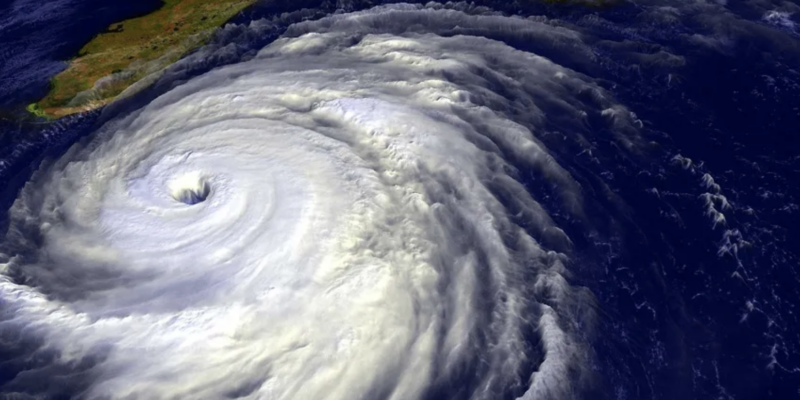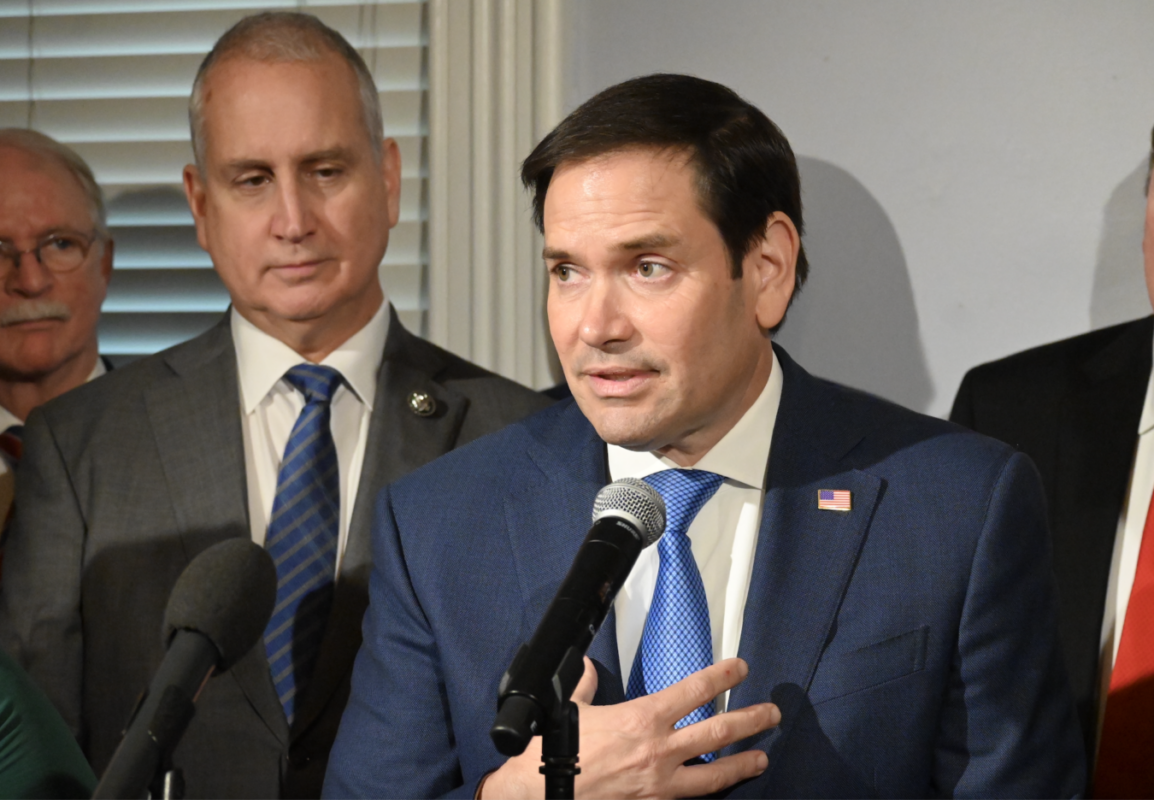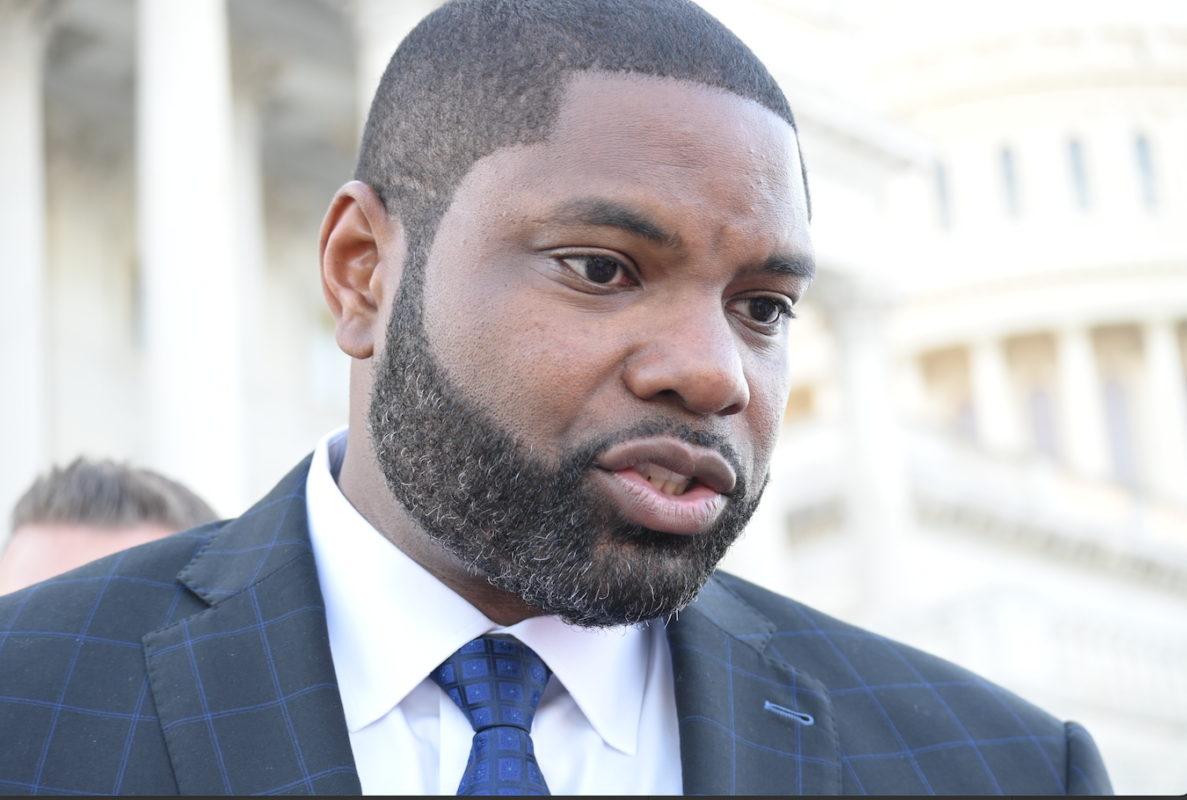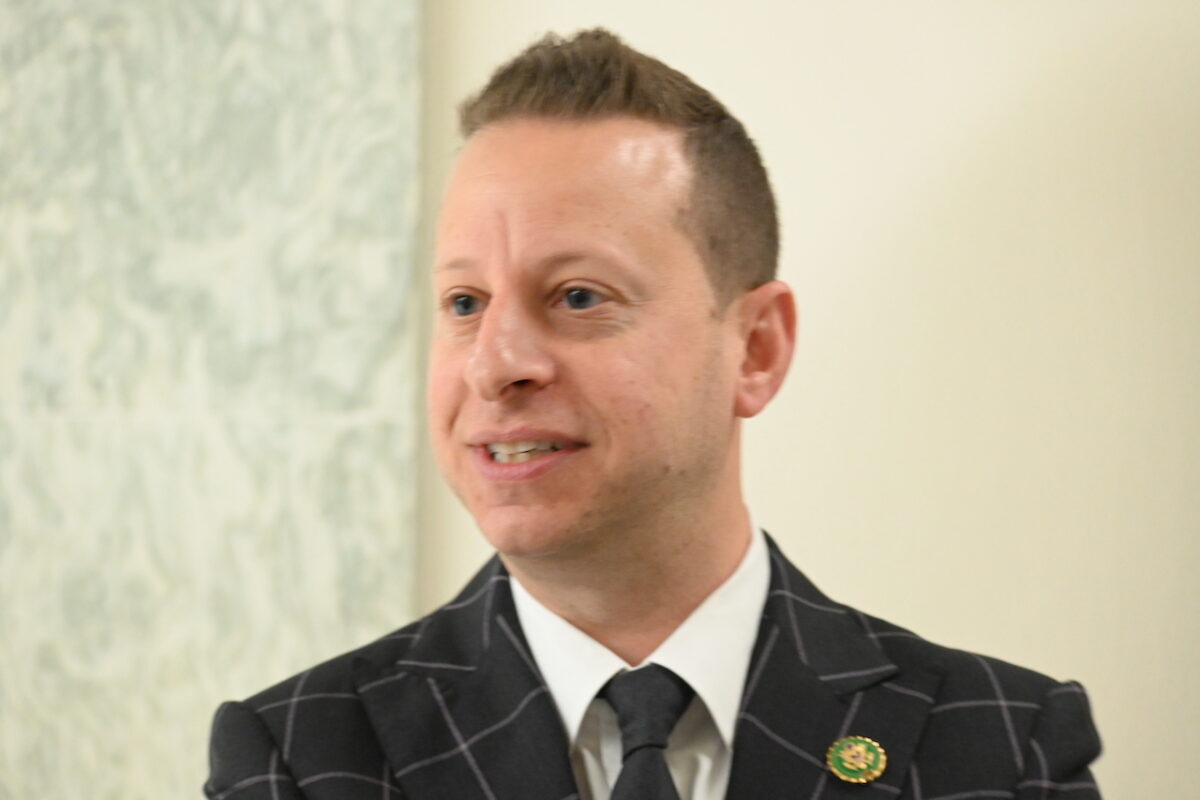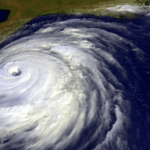Although Florida is inarguably the most active landing place for hurricanes in the United States, weather experts are projecting that the 2024 hurricane season will be the most active on record.
Colorado State University (CSU) hurricane researchers have called that there will be 23 named storms this year in the Atlantic Ocean. Eleven of these storms will become hurricanes and 5 that could be a category 3 or higher.
CSU has never projected this many storms before in their history of hurricane predictions. If correct, then all possible names that could be issued this year will be used by the National Hurricane Center (NHC). This could lead to the backup names being used on a supplemental list of tropical cyclone names which has not occured since 2020.
The names that could be used this year will be:
Alberto, Beryl, Chris, Debby, Ernesto, Francine, Helene, Isaac, Joyce, Kirk, Leslie, Milton, Nadine, Oscar, Patty, Rafael, Sara, Tony, Valerie, William.
Dr. Phil Klotzbach, a senior research scientist at CSU, told FOX Weather stated, "The Atlantic is still record warm in the tropical Atlantic, providing more fuel for storms. The El Niño is weakening, likely to transition to a La Niña. That’s colder water in the eastern and central tropical Pacific, typically in the more hurricane-favorable upper-level wind patterns in the Atlantic."
According to the CSU weather temperatures rising in the Atlantic, Caribbean and Gulf of Mexico will continue to rise, possibly making this a new normal for future hurricanes to develop.
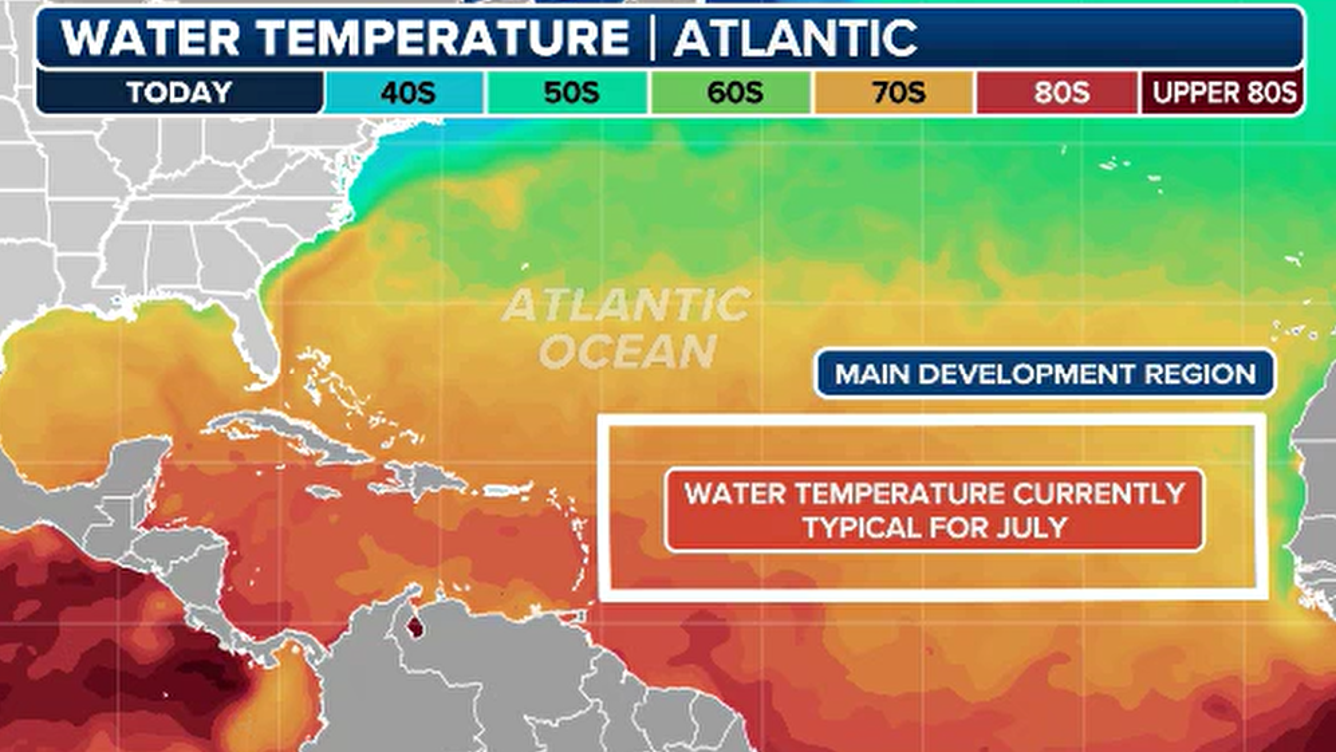
Temperature regions across the Atlantic Ocean
Currently, Florida is looking at a 62% chance that a major hurricane will make landfall along the U.S. coastline, 19% higher than average. Although there is plenty of time for this to change by Summer and Fall, Florida should expect this trend to possibly become the new normal.
The DeSantis administration has made hurricane recovery efforts a top priority during DeSantis' time in office. Last year when Hurricane Idalia made landfall, the governor's historic efforts restored power for 75% of effected Floridians within the first 24 hours and 96% of power for the total state within five days.

